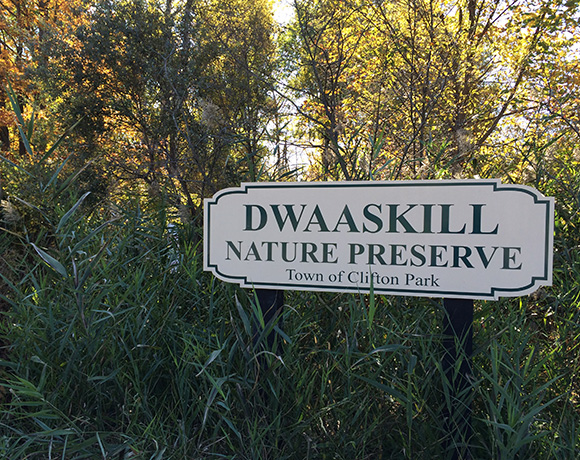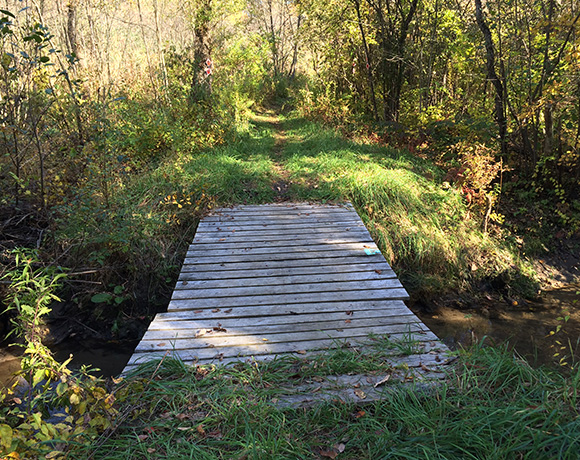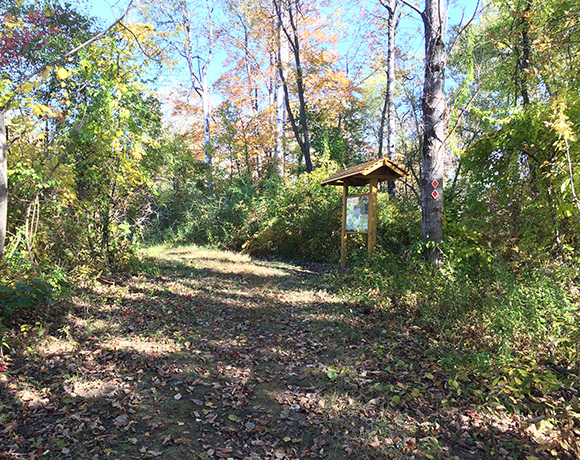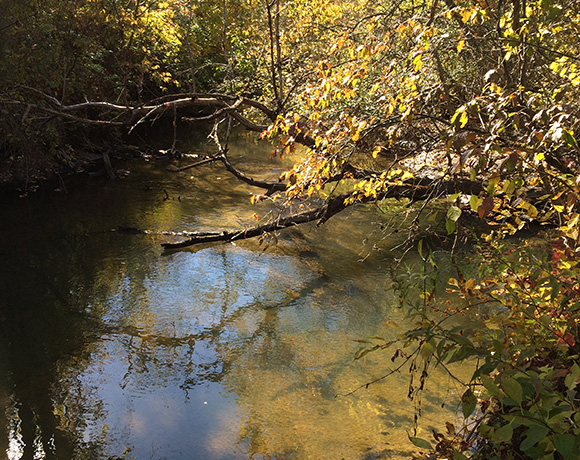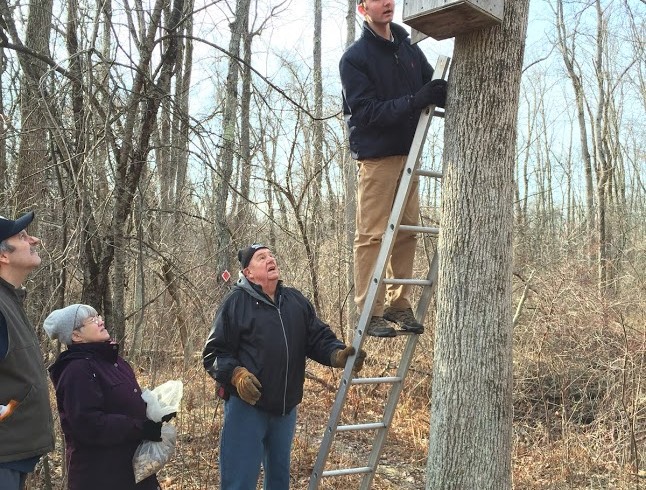Dwaas Kill Nature Preserve
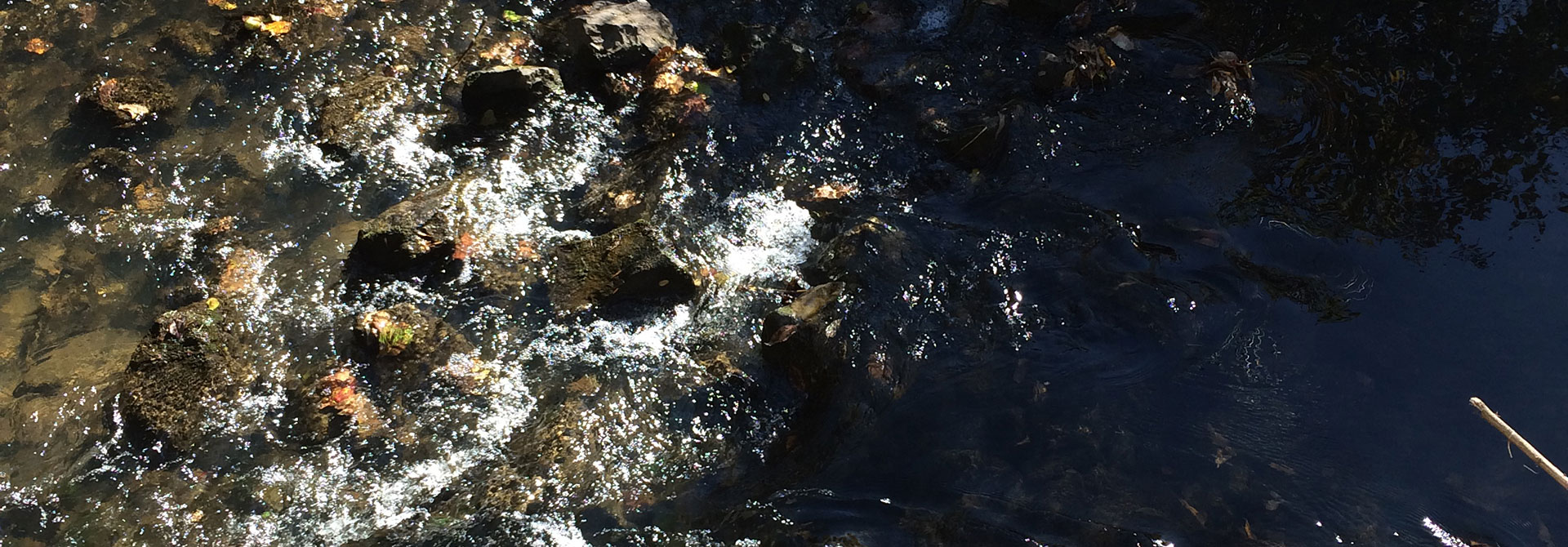
Welcome to Dwaas Kill Nature Preserve
Welcome to the Dwaas Kill Nature Preserve owned by the Town of Clifton Park. Established in 2005, the preserve is 240 acres of mostly undisturbed natural habitat that plays an important role in the health of this area’s ecosystem and provides a home for many plants and animals. This land was acquired with assistance from the NYS Environmental Protection Fund. Enjoy your visit, and please tread lightly.

Everywhere you look, water plays a vital role. Three streams join in the preserve — the Dwaas Kill, Cooley Kill, and Long Kill (trivia: “kill” is Dutch for “stream” and the name comes from the area’s earliest settlers). There are also groundwater seeps that mix cold spring water into the streams.
Much of park is wetlands — not as much fun for humans visitors but great for providing homes for local wildlife. The wetlands and the streams also work together to act as a “natural sponge” — collecting, filtering, and storing water for a much larger surrounding area.

Animals of all sizes abound in the Dwaas Kill Nature Preserve — from insects and fish, to amphibians and reptiles, to birds and mammals. The spring-fed streams are home to Eastern Brook Trout (Salvelinus fontinalis), which are actually related to salmon and need colder water. You might also see Painted Turtle (Chrysemys picta) sunning on a log, or a Spotted Salamander (Ambystoma maculatum) hiding under a fern. Many varieties of birds live or visit the preserve, from the Great Blue Heron (Ardea herodias) to the Wood Duck (Aix sponsa) to the Pileated Woodpecker (Dryocopus pileatus). Mammals like Beaver (Castor canadensis) have helped shape the preserve’s wetlands, and White-tailed Deer (Odocoileus virginianus) bed down in its hemlock groves.

In the past, the Dwaas Kill Nature Preserve was mostly farmland, though a few areas were also used to commercially excavate high-quality molding sand for use in cast iron molding. However, nature has been quick to reclaim the land, filling the preserve with secondary growth forests and dense brush. But you can also find stands of much older trees — including White Pines (Pinus strobus) and various Oaks that started growing when Thomas Jefferson was our president (1801-1809) and Sassafras (Sassafras albidum), whose roots and bark were originally used to make root beer. And don’t forget to look down — you can see a wide variety of wildflowers, ferns and fungi.
Activities
Directions / Map
Entrance: parking and main trailhead is mid-way along the west side of Pierce Road. Bike rack available.
Directions: from Kinns Road intersection with Pierce Road, head north about 1/2 mile. From Ushers Road intersection with Pierce Road, bear south about 3/4 mile.














